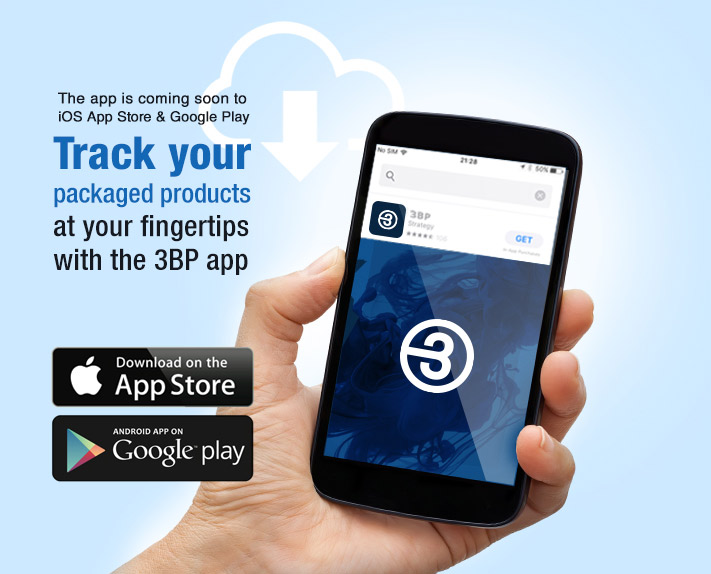The North American pharmaceutical market represents the largest continental pharma market in the world. The United States alone holds over 45 percent of the global pharmaceutical market. In 2016, this share was valued around 446 billion U.S. dollars. With this staggering volume, you can imagine the amount problems that could and do exist.
Take for example the global opioids market. North America is leading the opioids market with a share of over 56.0% of a market posed to reach USD 34.96 billion by 2025, according to a new report by Grand View Research, Inc., exhibiting a CAGR of 4.8% during the forecast period. Its dominance is based on a rising geriatric population with terminal conditions. Unfortunately, this growth also comes with a disturbing downside trend.
Opioid abuse in the U.S. has killed over 28,000 people in 2014 alone. Almost half of those deaths were caused by prescription opioids. Further, more than ten million Americans reported using opioids nonmedically in 2014. Nonmedical users may obtain controlled substances by getting multiple prescriptions from multiple prescribers, a behavior known as “doctor shopping”. They may also collect opioids from friends or relatives for whom the substances were prescribed, a practice known as “diversion.” These problems resulted in the declaration of a “public health emergency” in the U.S. Current prescription drug monitoring programs have been helpful. However, more work still needs to be done. Coupled with drug tampering and counterfeiting, major issues still remain.
Since 2010, nearly 1,400 adverse reactions related to counterfeit drugs have been reported to the FDA, according to data compiled by FDAble, a company that tracks undesirable reactions caused by medications and medical devices. In 2014, Federal agents seized nearly $73 million in counterfeit drugs. That’s a tiny slice of the black market drug trade, which may exceed $200 billion internationally and account for 10 percent of the pharmaceuticals in the global supply chain. However, the reports don’t reflect the true size of the problem.
Some prescription drugs are tampered with as they pass through several middlemen on their way to the local pharmacy. Most people who use counterfeit or compromised medications never find out about it. If they have an adverse reaction, or don’t get well, they rarely imagine a counterfeit drug may have been the cause. If drug manufacturers know their drugs are being counterfeited, they may not want to scare patients into the arms of a competitor by revealing the problem. According to the FDA, the drugs’ manufacturers are not required to tell a drug store, patients or the FDA that the drugs could be dangerous. The FDA, which is responsible for the safe manufacture of a drug, is not responsible for safe distribution. That responsibility lies with the individual states.
This problem leaves consumers and industry specialists at a loss as to what needs to be done. 3BP technology can aid in the protection against drug tampering and counterfeiting with our unique track and trace capabilities that bring added value to current Prescription Drug Monitoring Programs. Though we can’t eliminate all the problems overnight, we can certainly make a dent in the statistics by adding more controls.

